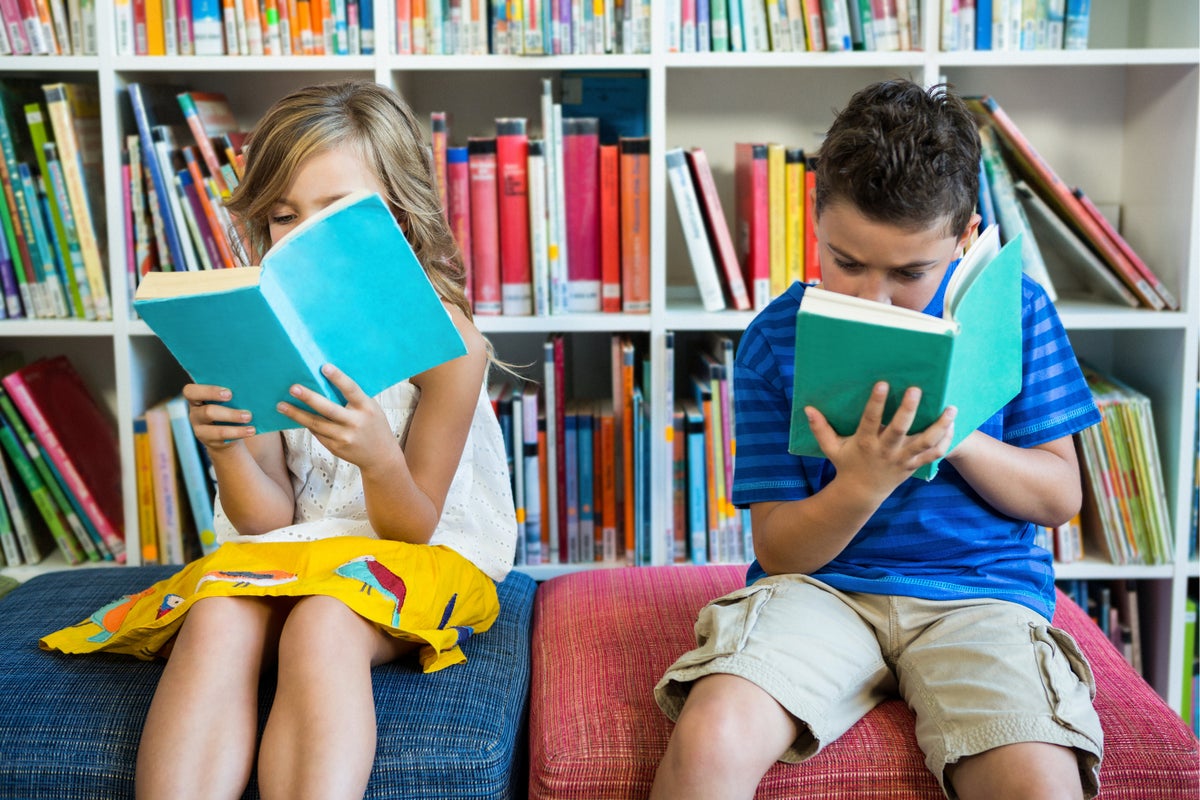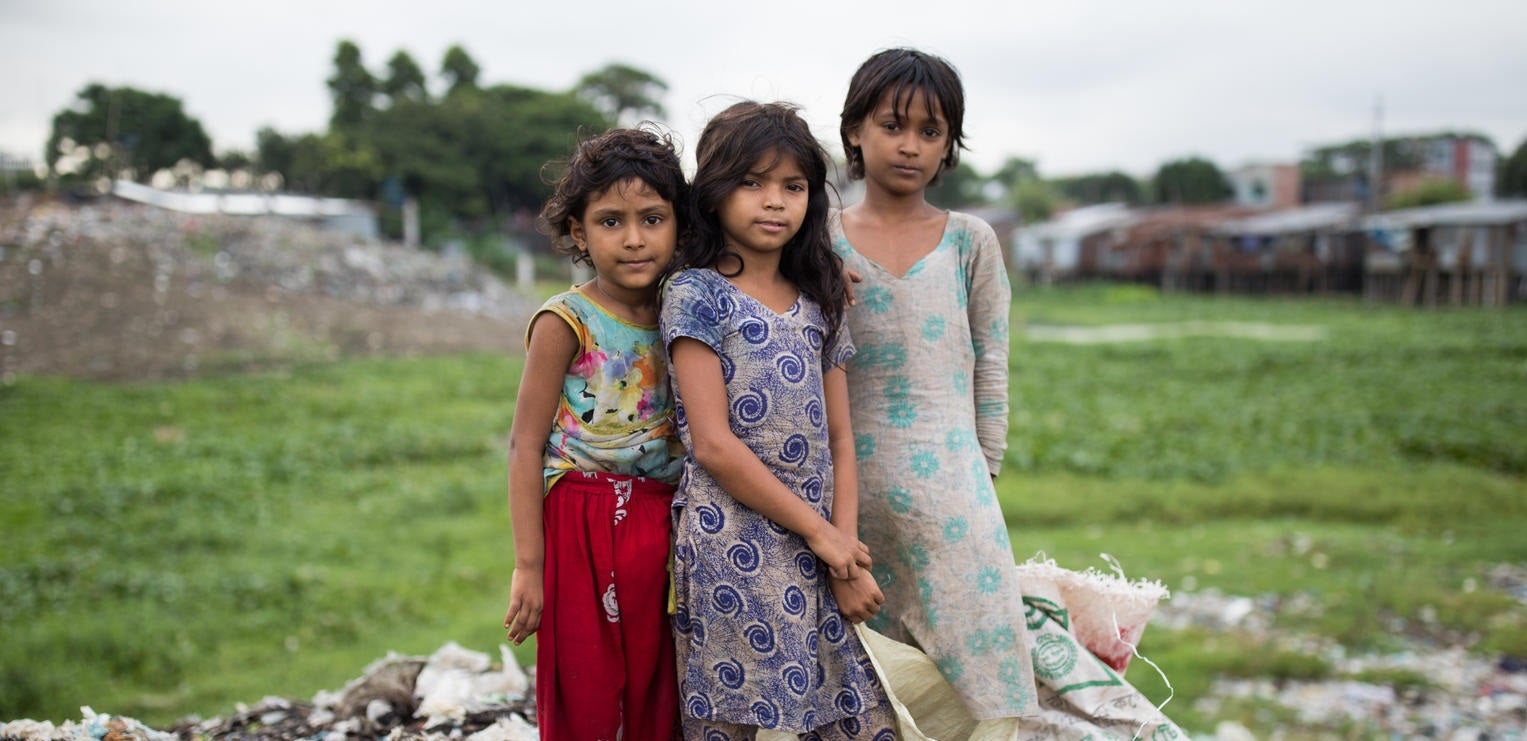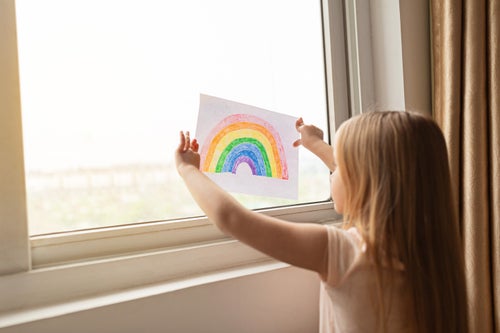What would it take to make Australia an even greater place to learn?
A 2024 report on learning and education shines a light on how children and young people are tracking in Australia. Take a look at the findings.
The Children’s Wellbeing Index by UNICEF Australia and ARACY (Australian Research Alliance for Children and Youth) provides a picture of Australian children’s wellbeing and how that story is changing over time.
To complement the Children’s Wellbeing Index, UNICEF Australia and ARACY launched a paper that provides a deep dive into learning and education. The paper finds that while most Australian children have access to inclusive quality education, this is not the case for everyone. Children from remote, regional and disadvantaged communities, as well as First Nations children, are more likely to miss out.
While Australia is taking steps towards equity for all Australian students, we aren’t there yet.
Read the full reportWhat is going well?
The paper tells some promising stories of progress for learning and education in Australia, including an increase in children receiving early education. It also found that 9 in 10 young Australians aged 20-24 have also achieved Year 12, Certificate III or higher.
9 in 10
four-year-olds are enrolled in early childhood education
Almost 3 in 4
Australian children aged 5-14 years read for pleasure
Almost half
of young people have a bachelor’s degree by the age of 25
What is not going well?
The paper highlights key areas of concern including inequitable access to learning – particularly for children in low-socio economic or regional and remote communities, and First Nations children. Stress and school attendance are also a concern.
1 in 3
children are not proficient in numeracy or literacy.
6 million
Australians live in a childcare desert*.
88.6 per cent
The attendance rate in Years 1-10. These rates have been falling for a decade.
* A childcare desert is where there are at least three children under 5 years old for every available childcare place.

Learning in the Gen AI era
The paper poses the question – what does generative AI mean for the students of today and tomorrow?
While generative AI offers incredible opportunities for students’ learning and education, it also poses risks to children’s safety, privacy and security, and could contribute to greater inequality in learning access and outcomes.

About the Australian Children’s Wellbeing Index
The Australian Children’s Wellbeing Index (ACWI) was developed by UNICEF Australia and ARACY in 2021 to provide a comprehensive picture of how children in Australia are faring across all aspects of wellbeing and how that is changing over time. Using data to measure and track children’s progress over time, the Index provides a view of where Australia is doing well, and which areas need greater attention and investment to help all Australian children thrive.
The wellbeing of Australia's children is measured and tracked across six interconnected dimensions:
- Being loved, valued and safe
- Being healthy
- Learning
- Having their basic material needs met
- Having a positive identity and culture
- Participating in their community and having a voice.
Our publications aim to set policy priorities and guide action to ensure Australia is an equitable place to grow up and improve outcomes for all Australian children.





